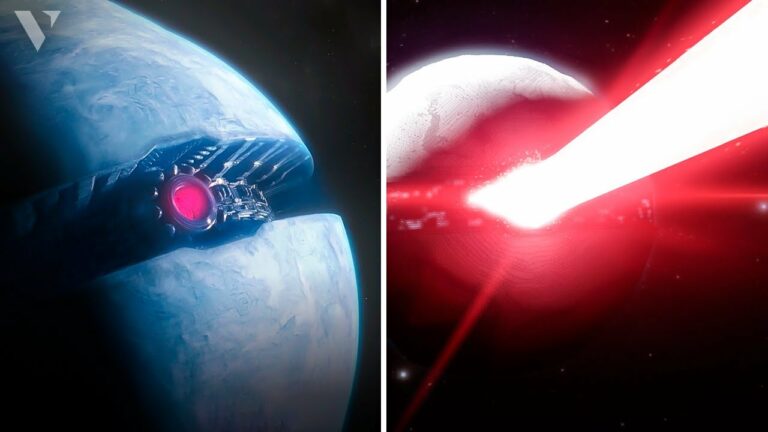NASA’s Warns That Proxima B Just Started Sending Signals To Earth!
Proxima B is an exoplanet that orbits the star Proxima Centauri, which is the closest star to our solar system. Proxima B was discovered in 2016 using the radial velocity method, which measures the slight wobbling of a star caused by the gravitational pull of its orbiting planets.
Proxima B has a mass that is approximately 1.3 times that of Earth and orbits its star at a distance of about 0.05 astronomical units (AU). This places Proxima B within the habitable zone of its star, which is the range of distances where liquid water could exist on the planet’s surface.
Despite its proximity and potential for habitability, Proxima B is not considered a good candidate for hosting life as we know it. This is because Proxima Centauri is a red dwarf star, which is known for its frequent and intense flares that can bombard planets with high levels of radiation. Proxima B is also likely to be tidally locked, meaning that one side of the planet is always facing the star while the other side is in perpetual darkness. This could lead to extreme temperature differences between the two sides of the planet, making it difficult for life to thrive.
Nevertheless, Proxima B is an important target for future studies and exploration. It offers a unique opportunity to study the properties and potential habitability of exoplanets that are located in our cosmic neighborhood.
During observations of Proxima Centauri, a red dwarf located 4.25 light-years from Earth, in April and May 2019, the 64-meter Parkes radio telescope in Australia detected the faint signal.
Do not forget to share your opinion with us to provide you with the best posts !




0 Comments